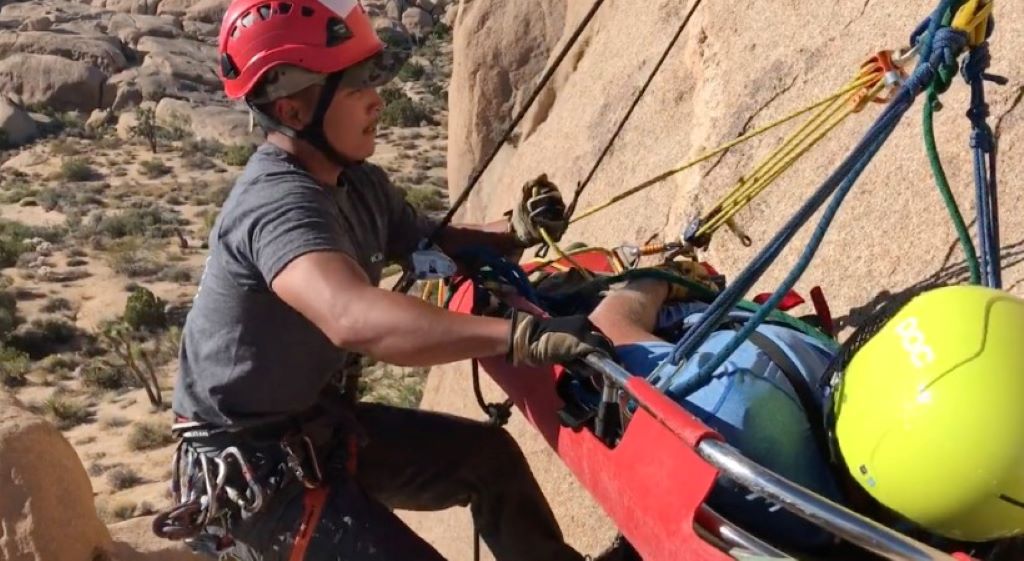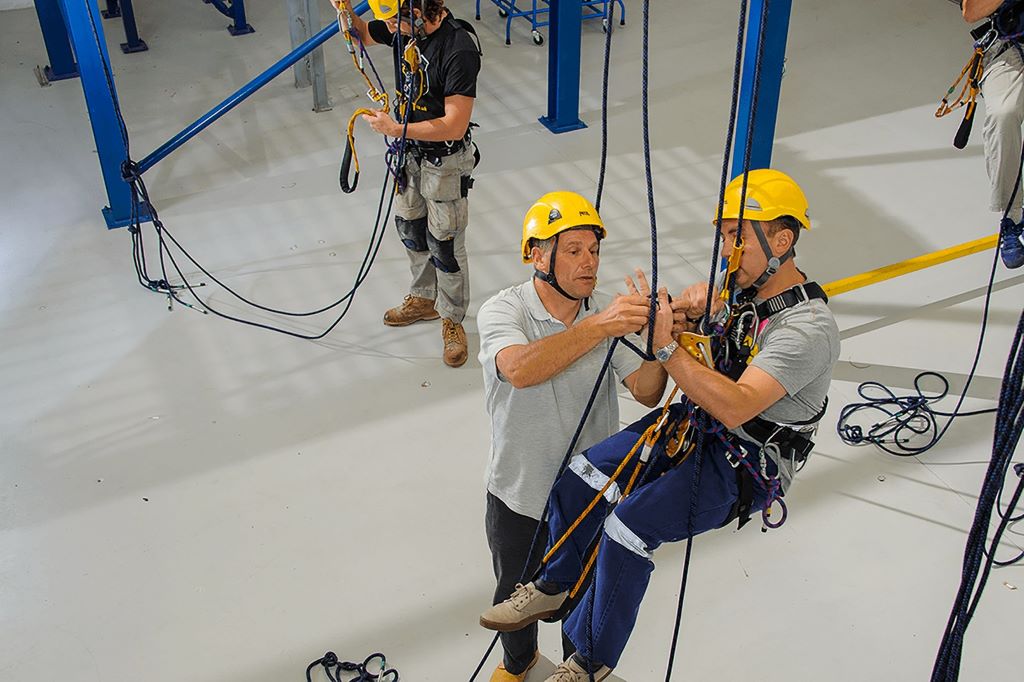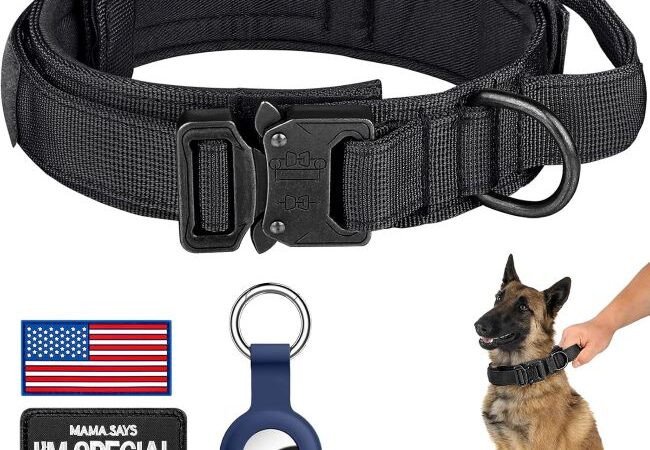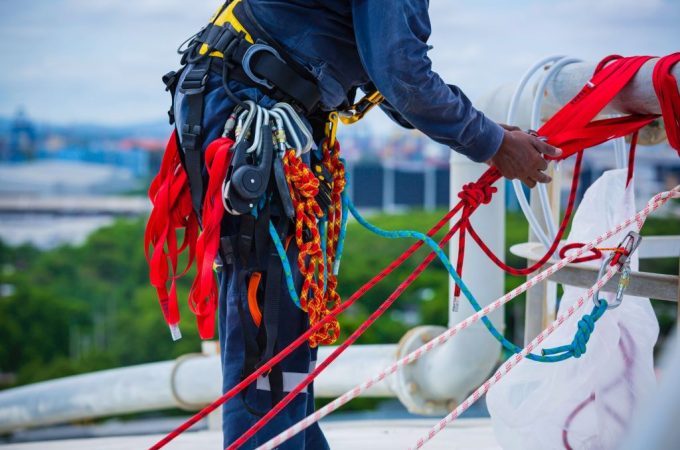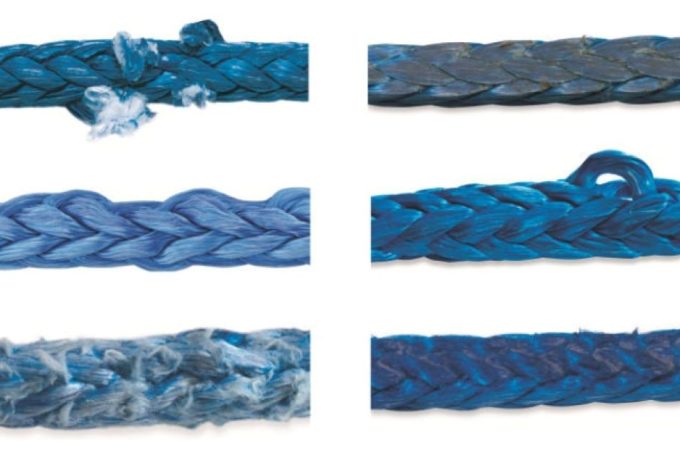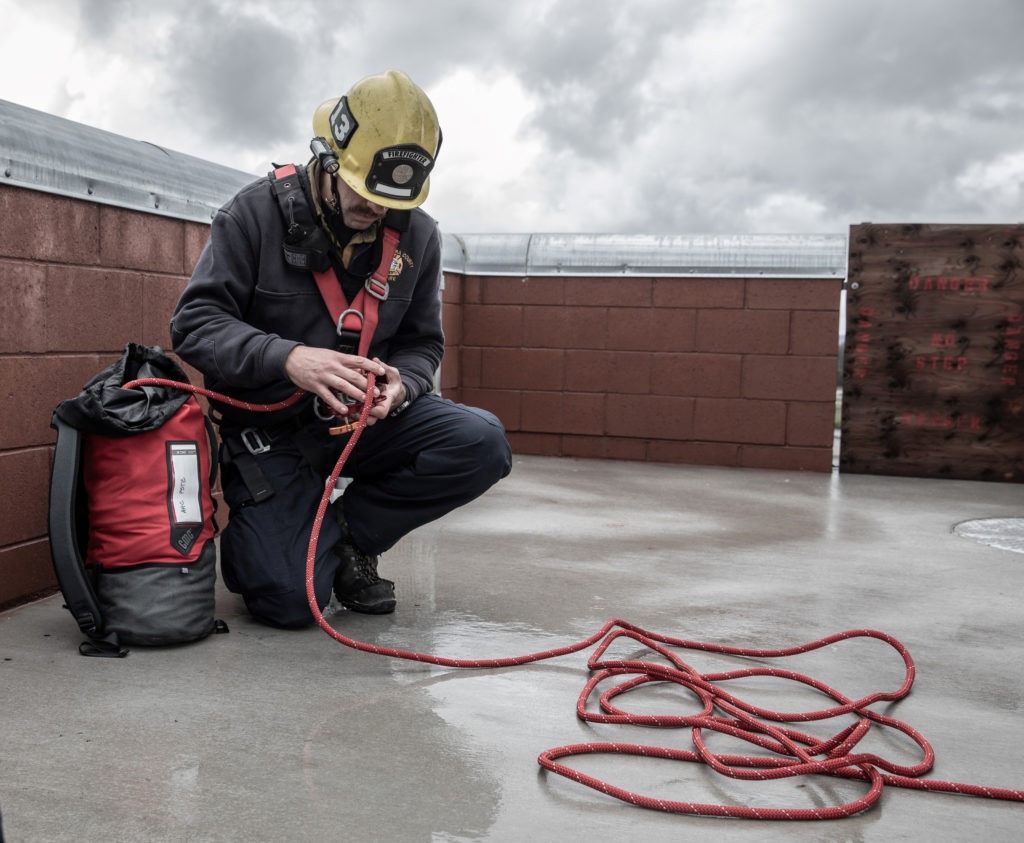
Rope Safety Starts with Maintenance: A Practical Guide
Every year, climbers face preventable accidents that could devastate careers and lives. What if the difference between safety and disaster lies in something as simple as checking your rope before each climb?
Contents at a Glance
ToggleThe statistics paint a sobering picture. Over the past decade, nearly 80 lowering incidents, including fatalities, have been reported in Accidents in North American Mountaineering, with most being completely preventable through proper equipment maintenance. Understanding how rope safety starts with maintenance becomes crucial when your life literally hangs by a thread.
The Hidden Dangers in Your Climbing Kit
Your rope represents your lifeline on the wall. However, many climbers treat rope maintenance as an afterthought rather than a critical safety protocol. Research reveals that equipment failure contributes significantly to climbing accidents, making systematic maintenance practices essential for every climber.
Professional guides and experienced climbers follow strict maintenance schedules because they understand the consequences. Amateur climbers often overlook these practices, creating unnecessary risks during their adventures. The difference between professionals and recreational climbers frequently comes down to systematic equipment care.
Understanding Rope Standards and Specifications
Modern climbing ropes must meet rigorous international standards before reaching market shelves. The EN/UIAA tests for dynamic climbing ropes are EN 892 and UIAA 101, with UIAA certification requiring additional or slightly different performance requirements beyond basic European standards.
These standards ensure ropes can withstand multiple falls while maintaining structural integrity. The average climbing rope can withstand 6-10 UIAA falls before retirement, though real-world conditions often reduce this number significantly. Understanding these specifications helps climbers make informed decisions about rope selection and retirement schedules.
Manufacturers test ropes under controlled laboratory conditions that may not reflect actual climbing environments. Therefore, climbers must apply conservative safety margins when evaluating rope condition and lifespan.
Essential Daily Rope Inspection Techniques
Professional rope maintenance begins with thorough pre-climb inspections that every climber should master. Start by running the entire rope length through your hands, feeling for inconsistencies, cuts, or unusual soft spots that indicate core damage.
Visual inspection reveals surface wear, fraying, or discoloration that suggests chemical damage or excessive UV exposure. Pay special attention to rope ends and areas that frequently contact hardware, as these sections experience the highest stress loads during climbing activities.
Document your findings systematically rather than relying on memory alone. Many experienced climbers maintain rope logbooks that track usage patterns, inspection results, and notable incidents. This documentation proves invaluable when determining retirement schedules.
Weekly and Monthly Maintenance Protocols
Beyond daily inspections, ropes require deeper maintenance on weekly and monthly schedules. Weekly protocols include measuring rope diameter at multiple points to identify compression damage that may not be immediately visible during casual inspections.
Monthly maintenance involves comprehensive cleaning procedures using manufacturer-approved solutions and techniques. Improper cleaning can damage rope fibers more severely than normal climbing wear, making proper technique essential for rope longevity.
Storage conditions dramatically affect rope lifespan and safety characteristics. Store ropes in cool, dry locations away from direct sunlight and chemical vapors. Avoid storing ropes in vehicle trunks or garages where temperature extremes and automotive chemicals can cause premature deterioration.
Identifying Critical Wear Patterns
Experienced climbers recognize specific wear patterns that indicate imminent rope failure or reduced safety margins. Core shots, where the protective sheath separates to expose internal fibers, represent immediate retirement conditions regardless of rope age or usage history.
Fuzzing indicates normal wear but requires monitoring to prevent progression to more serious damage. Excessive fuzzing over short rope sections suggests concentrated wear that may compromise overall rope strength. Additionally, flat spots indicate compression damage that reduces dynamic properties essential for fall protection.
Chemical damage often appears as discoloration or unusual stiffness in affected rope sections. Battery acid, bleach, and automotive fluids can cause invisible damage that dramatically reduces rope strength without obvious external indicators.
Storage Solutions That Extend Rope Life
Proper storage techniques can double rope lifespan while maintaining safety characteristics throughout the rope’s service life. Loose coiling prevents kinking and internal stress concentration that can weaken core fibers over time.
Climate-controlled storage environments protect ropes from temperature extremes and humidity fluctuations that accelerate aging processes. However, most climbers lack dedicated climbing gear storage spaces, making practical compromise solutions necessary for equipment protection.
Rope bags provide excellent protection during transport and temporary storage between climbing sessions. Quality rope bags include ventilation features that prevent moisture accumulation while protecting ropes from dirt and debris that can cause premature wear.
When to Retire Your Climbing Rope
Rope retirement decisions involve multiple factors beyond simple age or usage metrics. UIAA safety standards are regularly revised and updated to ensure they meet ever-changing nature and demands of modern climbing practices, but climbers must apply practical judgment when evaluating individual rope conditions.
Manufacturers typically recommend retirement after specific time periods regardless of usage patterns. However, intensive use or harsh conditions may require earlier retirement, while carefully maintained ropes in favorable conditions might safely exceed manufacturer recommendations.
Fall history significantly impacts retirement timing decisions. Multiple factor falls or single severe falls may necessitate immediate retirement even for relatively new ropes. Document all significant falls and consult manufacturer guidelines for specific retirement recommendations following major loading events.
Cost-Effective Maintenance Strategies
Systematic maintenance reduces long-term equipment costs while improving safety margins throughout rope service life. Regular cleaning and proper storage can extend usable life by 50% or more compared to neglected equipment.
Group equipment purchases through climbing clubs or partnerships can provide access to higher-quality ropes at reduced individual costs. Premium ropes often provide better durability and longer service life, making them more economical than frequent replacement of budget alternatives.
Professional rope maintenance services exist in some markets, though most climbers prefer maintaining their own equipment to ensure familiarity with rope history and condition. Learning proper maintenance techniques represents an investment in both safety and equipment longevity.
Featured Snippet: Quick Rope Safety Check
How often should you inspect your climbing rope?
Inspect your climbing rope before every climbing session through visual and tactile examination. Run the entire rope length through your hands, checking for cuts, core shots, or unusual soft spots. Look for excessive fuzzing, flat spots, or discoloration that indicates damage. Perform weekly diameter measurements and monthly deep cleaning procedures. Replace ropes immediately if you discover core shots, chemical damage, or after multiple factor falls. Most climbing ropes last 2-5 years with regular use, but retirement depends on usage patterns, storage conditions, and maintenance quality rather than age alone.
Frequently Asked Questions
Q: How long do climbing ropes typically last?
A: Climbing ropes typically last 2-5 years with regular recreational use, though intensive use or harsh conditions may require earlier retirement. Proper maintenance and storage can extend rope life significantly.
Q: What’s the most critical rope inspection point?
A: Core shots represent the most critical inspection point. Any visible core fibers indicate immediate retirement regardless of rope age or previous condition.
Q: Can I wash my climbing rope in a washing machine?
A: Only wash climbing ropes in front-loading machines using cold water and rope-specific detergents. Top-loading machines can damage rope structure through aggressive agitation.
Q: How do I know if my rope has been chemically damaged?
A: Chemical damage often appears as discoloration, unusual stiffness, or brittleness in affected sections. Battery acid and automotive fluids cause particularly severe invisible damage.
Q: Should I retire my rope after a big fall?
A: Document all factor falls and consult manufacturer guidelines. Multiple factor falls or single severe falls may require immediate retirement even for new ropes.
Q: What’s the difference between UIAA and EN rope standards?
A: UIAA standards often include additional or stricter requirements beyond EN 892 European standards, providing enhanced safety margins for certified equipment.
Q: How should I store my climbing rope between seasons?
A: Store ropes loosely coiled in cool, dry locations away from direct sunlight, temperature extremes, and chemical vapors. Climate-controlled environments provide optimal protection.
Final Thoughts
Rope safety truly starts with maintenance, transforming a simple piece of equipment into a reliable lifeline through systematic care and attention. The statistics demonstrate that most climbing accidents involving rope failure are preventable through proper maintenance practices and timely equipment retirement. Related Topics: Best Kernmantle Rope: Safe and Reliable Climbing Lines
Your rope represents far more than climbing gear; it embodies your commitment to safety and responsible climbing practices. Therefore, invest time in learning proper maintenance techniques, document your rope’s service history, and never compromise on retirement decisions when safety margins become questionable.
Ready to elevate your climbing safety? Start implementing these maintenance practices today and share this guide with your climbing partners to build a culture of safety in your climbing community.

